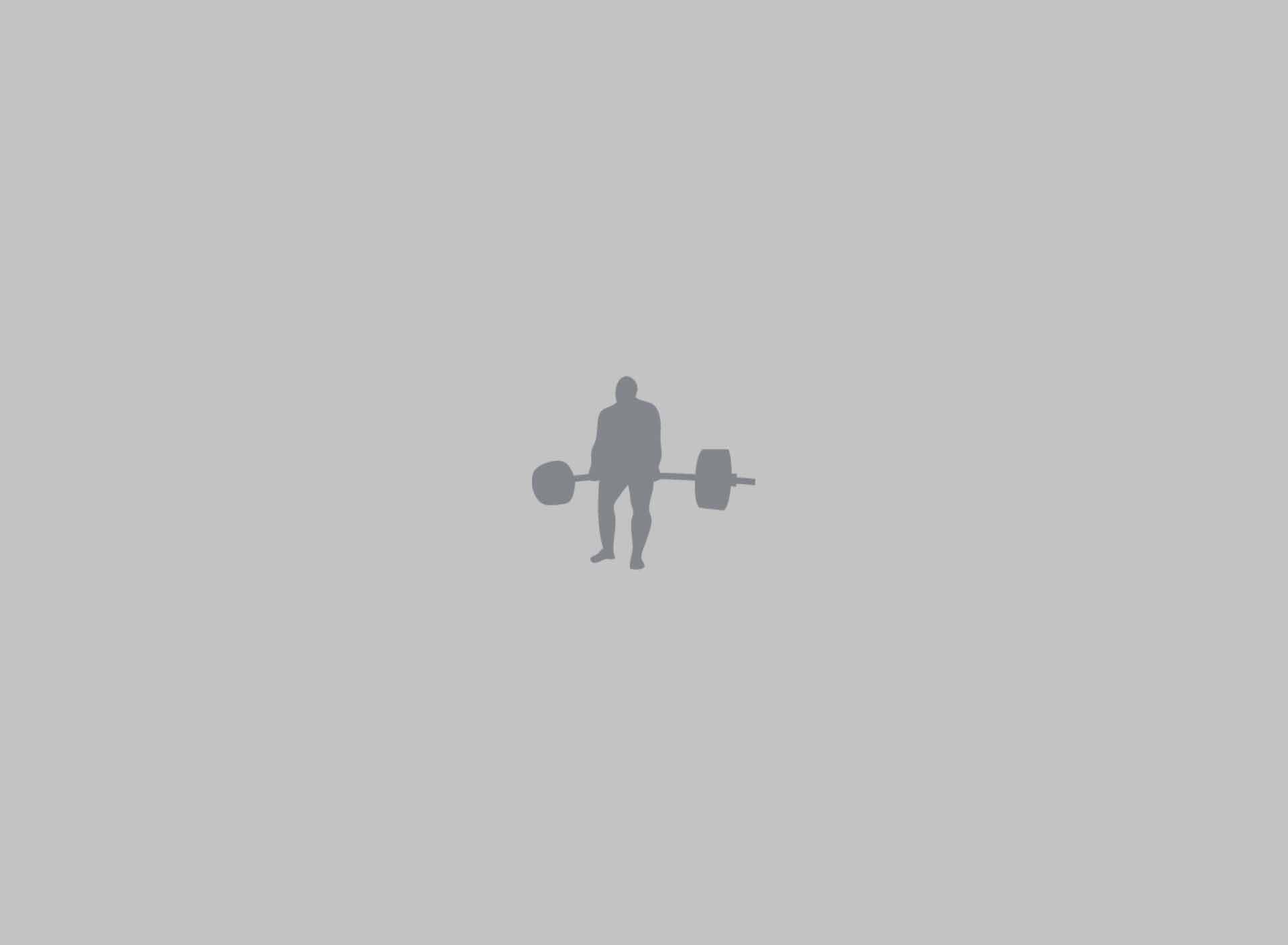Written by Corey Hayes
Now that I am taking in-person clients at my gym, I’m there all damn day. I see the good, the bad and the ugly…. with a concentration on the bad and the ugly. I work with a lot of power lifters and strength driven trainers, usually all have similar issues on each lift. Ill give you a break down of common problems and solutions for each main lift.
Squat:
The biggest problem I see here is the infamous “Butt-wink” which is when the pelvis tucks under as the lifter gets to depth or close to depth. Why does this happen? Well basically your hamstrings are stretched as much as possible. The uneducated would see this and decide to stretch their hamstrings out but for most people that would be wrong. The tight hamstrings are only the effect, not the cause.
More often than not it is caused by weak glutes and abs, so naturally to solve this problem, I throw my clients into a program full of trunk and glute strengthening movements. Here are some of my favorites
- Planks
- Anti-Rotation Band holds
- Front Squat holds
- Ab coaster
Glutes:
- Glute bridges
- Kneeling squats
- Wall sits with band around knees
- Split squats
To further this, we work things at both ends. Weakness is the main problem in my opinion but the lower back and hip flexors are “hella” tight in people with APT so we do the normal myofascial release work. I generally start people on a normal foam roller then as they advance we move on to a rumble roller then to a baseball. Nothing fancy here, just roll 4-5 minutes on each spot and move on.
Bench:
We all know someone that constantly pull their pec’s dont we? Hell, I’m one of them. This major problem is usually caused by the inability to retract and hold the scapula. A big problem here is having the inside of the shoulder blades “glued up” and full of knots and adhesion’s. I’m sure everyone is already working these out with their lacrosse balls getting lose but find themselves back at square one the next day. Why is this? Weakness! I’m not going to bore you by naming 47 little muscles in there you need to strengthen because it doesn’t matter! We train movements and functional muscle groups.
Here is my solution. These are bench press specific pull apart that DESTROY the scapular re-tractors like no other.
To do these correctly, do them exactly how you bench. Touch in the same spot, start in the same spot, lateral forces on the “bar”, arch, pause, etc. Everything is the same.
Deadlift:
Luckily I live and train in a place where there are no planet fitness or any other poser gyms around. This means I see deadlifts all day long. This also means I see horrible form ALL DAY LONG. Out of the 5-6 people I see deadlifting per day I am lucky to see one maybe two actually use their legs and not straight leg the weight up. Its not that these people don’t have legs because they all squat and leg press like mad men. So what is it? Easy, Lack of hip flexion.
By definition, “the hip flexors are a group of skeletal muscles that act to flex the femur onto the lumbo-pelvic complex, i.e., pull the knee upward.”
The problem can be a stability issue, meaning the core is too tight to stabilize the spine. This causes the Psoas to tighten up and shorten. The other major issue I see is tight glutes. Luckily, both of these are pretty simple fixes. Refer to my “trunk” list earlier in this article for movements that will help stabilize the spine.
If your glutes are the culprit, do yourself a favor and buy a lacrosse ball or just go get that baseball out of your basement, either will work fine. Now just sit on it. Its that easy really, you just want to sit on it and roll around until you find some really uncomfortable spots then work them until they release a little. Go ahead and skip the rumble roller here, unless you’ve got a serious donk, its not going to get deep enough to do anything beneficial.
Now this doesn’t cover everything that could be wrong, it does cover the major problems seen in a lot of people. Stop being lazy and implement these suggestions and watch your lifts get less painful and your PR’s grow. Remember, Strength is never a weakness but a weakness is always an inconvenience. Mobility problems are an inconvenience that are usually just an effect with the cause being weakness.











